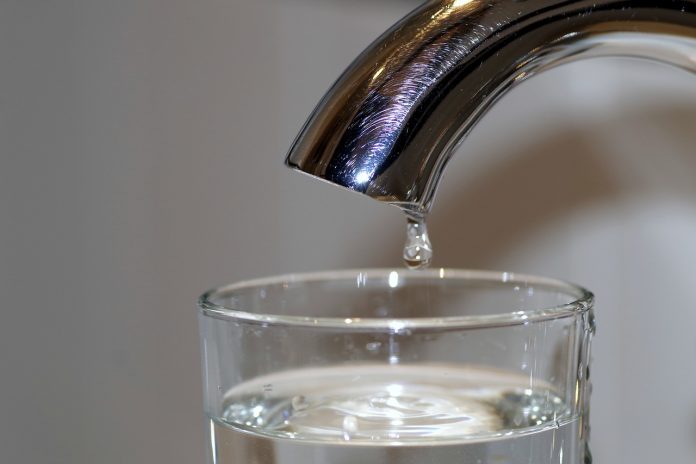CARLISLE, Pa. — Over 3 million people in Pennsylvania get their drinking water from a private well, spring or cistern.
Surveys indicate about half these private water systems have never been tested, and around half of the tested systems have failed at least one health-related drinking water standard, most often bacteria.
Penn State Extension helps people who want to get their water tested locate a qualified testing service.
Recommended routine tests
Private water supplies should be tested every 12 to 14 months for total coliform and E.coli bacteria.
Although most types of coliform bacteria are harmless to humans, we don’t want any in drinking water because some types can cause gastrointestinal illness.
Their presence also indicates that there is a pathway for bacteria to enter the water supply.
Water that contains E. coli bacteria is of greater concern because this microbe only comes from animal or human waste.
When E.coli bacteria are in your water, it might mean manure, pet or septic waste is reaching your groundwater.
In addition to bacterial testing, Penn State Extension recommends testing private water supplies every three years for pH and total dissolved solids.
A pH level lower than 6.5 or greater than 8.5 can corrode lead and copper in home plumbing systems which, in turn, can create a health risk.
Like pH, total dissolved solids levels should remain fairly stable between tests.
If your total dissolved solids level increases from one test to the next, it’s a sign something, maybe pollution, is entering your water supply and more targeted testing may be required.
Additional tests
Households should consider additional tests when any of the following land use activities occur near their well:
Mining — iron, manganese, sulfate, aluminum; gas or oil well drilling — chloride, barium; industry — organic scans; gas station — petroleum products; road salting — sodium, chloride; septic systems — nitrate; or farming — nitrate, pesticide scans.
Additional testing may also make sense when the taste, odor, color or staining properties of drinking water change.
The following list highlights tests to consider for common water symptoms that may appear suddenly.
Orange-brown-black stains, metallic taste, iron — manganese; white/gray film, increased soap use, damaged hot water heater — hardness; salty taste — chloride; or blue-green stains, metallic taste, pinhole leaks appearing in pipes — corrosivity, copper, lead.
Testing locations
To ensure accurate results, have your water tested at a state-accredited testing laboratory.
Testing kits are also available from most Penn State Extension Offices or directly from Penn State University’s Agricultural Analytical Service Lab Water Testing website.
Well owners can usually collect water samples themselves, without any special training, using sanitized containers and following instructions provided by the accredited lab they select.
Some specialized tests for contaminants, like radon, protozoan and hydrogen sulfide, may require a lab technician to collect the sample.
If you want your test result to stand up in a court of law, to document existing water conditions prior to a land use disturbance for example, it’s necessary to have the samples collected by a qualified third party.
Cost
Costs vary depending on the number and types of tests selected but can quickly add up.
Finally, don’t forget to add overnight shipping into your overall costs. It’s required for many contaminants that decrease after collection.










